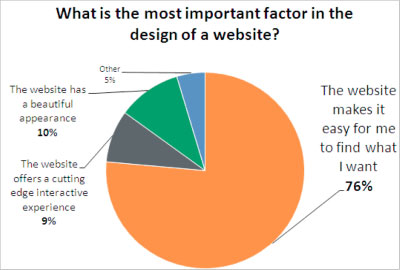Business blogging and creating other content, like ebooks and webinars, are powerful ways to help more of the right people discover your business online.
How to Think About Business Blogging
When business blogging, try to think like a magazine publisher. The goal of your business blog should be to publish articles that are not promotional but instead share industry expertise.
Getting Set Up With Blogging
There are many paid and free tools available that will let you start blogging easily. The most important thing you can do when you first start blogging is to make sure your blog is a section of your business website. A blog makes your website more dynamic. Search engines reward higher rankings to websites that consistently add fresh content.
Blogging Platforms to Consider
Some of the blogging platforms for your business include HubSpot, WordPress, Drupal and Posterous. These platforms all offer a content management system (CMS) that allows you to easily add and update content without having to know any HTML code or calling you webmaster to post changes.
Key Components of a Great Blog Post
While it is important that your blogging software be easy to use, it is more important that the content you create be interesting.
A well-constructed blog post should include several key components:
- An Attention-Grabbing Article Title
- Well Written & Formatted Text
- Images/Videos
- Links
- Call-to-Action
Deciding What to Blog About
A great way to start business blogging is to think about the 10 most common questions you get asked by prospective new customers. Take each one of those questions and write a short article explaining an answer. Use each of these articles as a blog article.
Convert Blog Visitors Into Leads
The purpose of your blog and your website is to help you get new customers. You do this by converting your visitors into leads, and then nurturing those leads until they become customers. You can convert your blog visitors into leads by using calls-to-action (CTAs). These CTAs work best if the offer is closely related to the subject matter of the blog post.
Other Types of Content
Blog content isn’t the only type of content you can be creating. Consider producing longer-form content items like ebooks, whitepapers, or research reports. Also consider using how-to videos, webinars, slideshows, etc.
For more tips about how to use internet marketing effectively, download the Essential Guide to Internet Marketing today!




 Smart phones have changed the way people shop, communicate and live. According to a survey by telecommunications equipment vendor Ericsson, 35 percent of Android and iPhone owners in the U.S. use apps such as Facebook before getting out of bed. In 2010, over 50% of internet access was done via a handheld device. Many of the under 30 crowd don’t have a land line and never use yellow pages.
Smart phones have changed the way people shop, communicate and live. According to a survey by telecommunications equipment vendor Ericsson, 35 percent of Android and iPhone owners in the U.S. use apps such as Facebook before getting out of bed. In 2010, over 50% of internet access was done via a handheld device. Many of the under 30 crowd don’t have a land line and never use yellow pages. SEO (search engine optimization) is the next step in our internet marketing strategy. If you are following along as we go through the steps included in the
SEO (search engine optimization) is the next step in our internet marketing strategy. If you are following along as we go through the steps included in the